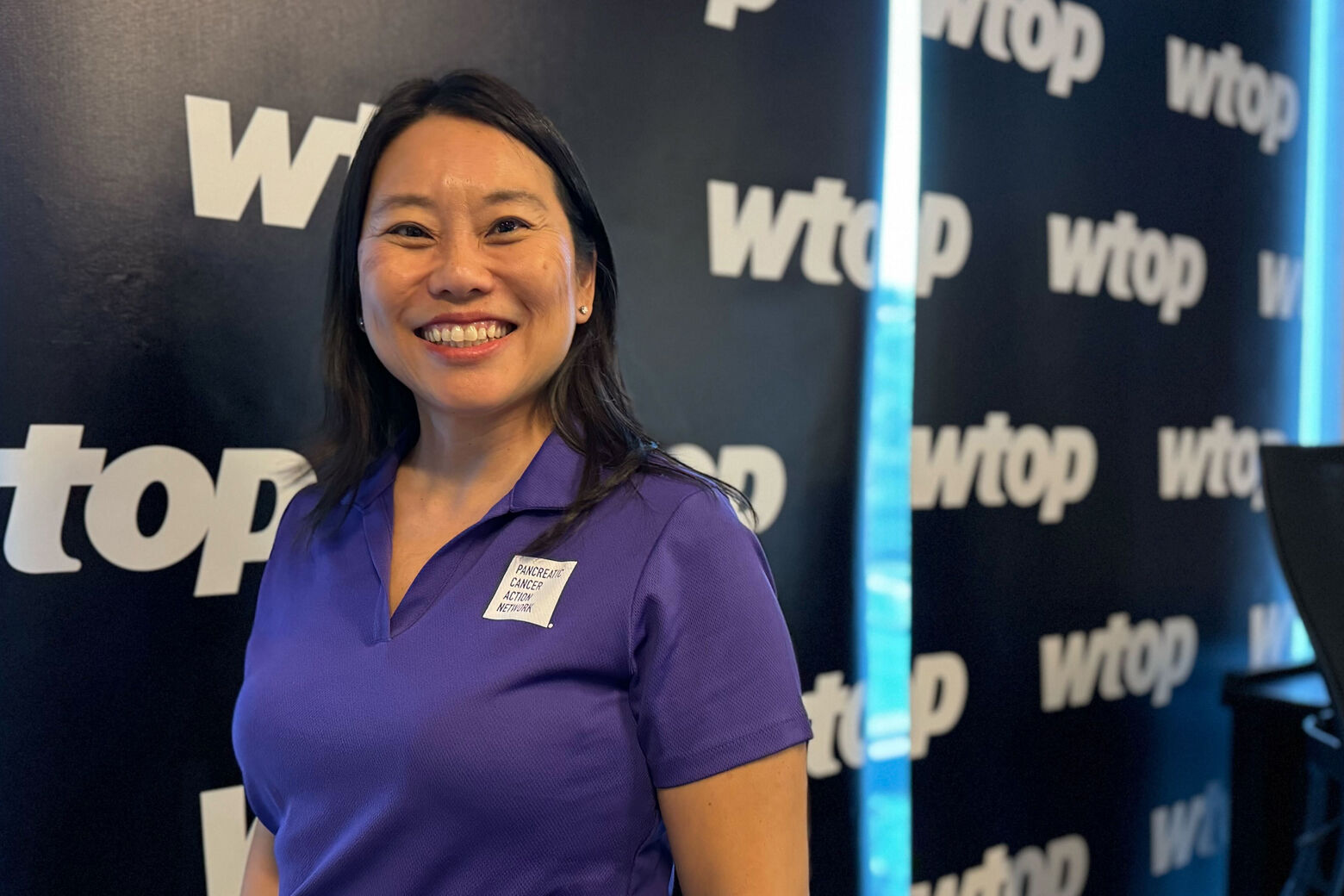





Eighteen years ago, Anne Shimabukuro of Potomac, Maryland, realized something was off with her body when she began having stomach pains when she ate.
“I realized that something was wrong when I was feeling nauseous after eating, and then the pain would last all day,” she said.
The pain in her stomach would last for three days and be followed by a limp when she walked. The limp caught the eye of her relatives who then urged Shimabukuro to go see a doctor. She went to her OB-GYN who, during a sonogram, found something small on her pancreas.
Further testing revealed a frightening diagnosis: stage one pancreatic cancer.
“When I heard that it was pancreatic cancer, it was just a shock,” Shimabukuro recalled.
According to the Pancreatic Cancer Action Network, or PANCAN, for which Shimabukuro volunteers, the illness is caused by abnormal cells in the pancreas that grow and divide out of control.
While the tumors that it creates can be benign, others can be malignant.
In the United States, the disease is the tenth most diagnosed form of cancer and is among the deadliest, with the five-year survival rate only 12%.
November is Pancreatic Cancer Awareness Month, a time where advocates spread knowledge about the disease and call for improved screenings.
For Shimabukuro, she said she was fortunate that the cancer — for which there is not widespread testing — caused symptoms early on, which led to her seeking medical attention.
“I was just lucky that the tumor was in a place where it caused me pain whenever I ate,” she said.
To treat the cancer, Shimabukuro underwent surgery to remove the tumor, followed by chemotherapy. That was followed by several years of frequent imaging to see if the cancer would return. For her, it still has not.
Pain in the abdomen and back, loss of appetite, weight loss, jaundice are the main symptoms of the disease. So is nausea, changes in stool, pancreatitis and even new-onset diabetes.
Anyone with those symptoms should see a doctor, according to Shimabukuro.
Shimabukuro said she hopes to see the development of not only more treatments for the form of cancer, but also ways to detect the disease.
“In the case of pancreatic cancer, there’s no widespread tests like a mammogram or a colonoscopy,” she said.
Now, for some, genetic testing can help a doctor decide if a person should be monitored closely for the illness. For others, watching for the symptoms and not ignoring them gives a person the best chance of survival.
“You have to listen to your body and then go seek medical attention if something feels wrong,” she said.
She said even pain that goes away could be a sign because, for her, the abdominal pain only lasted for a couple days.
Learn more about pancreatic cancer on PANCAN’s website.








